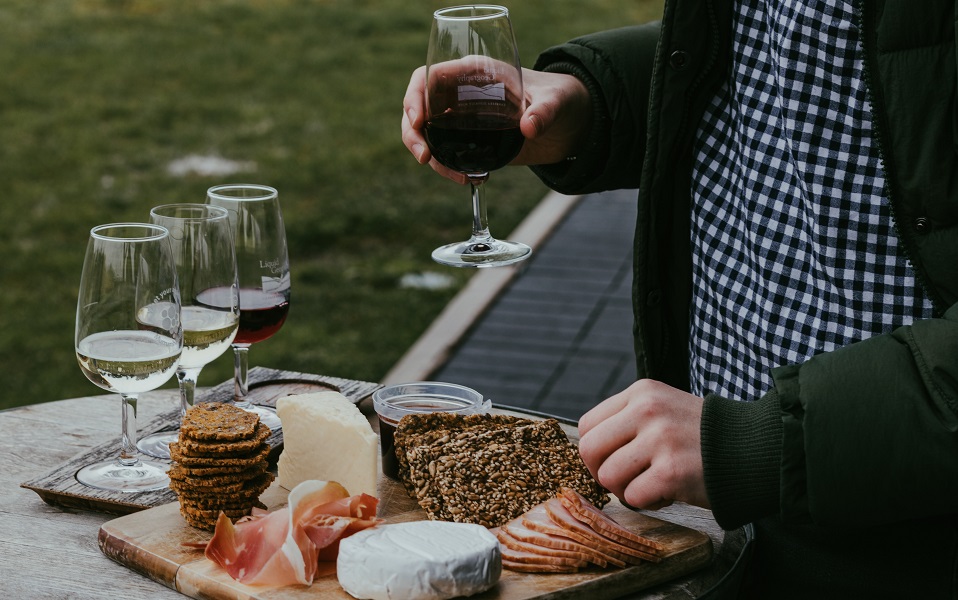Fabulous Christmas cheese and wine to stun dinner party guests

How to perfect your Christmas cheese and wine servings this year
Flavour is fine, but when selecting items for a cheeseboard, the key is to think about weight, texture, and intensity. A creamy bloom cheese such as a brie or camembert, for instance, is perfectly paired with the effervescent bubbles and acidity of a champagne or sparkling wine, which cuts right through the richness of the cheese, acting as a sprightly foil to their mouth-coating stickiness.
As a rule, white is a better pairing for cheese than red, due to the latter’s tricky tannins, but it is these very tannins that make bold reds suit aged cheeses. As cheese ages, the flavours become stronger, and the fat content increases as it dries. The tannic structure of a forthright wine balances this and compliments the intensity.

Wines of 14% or above will better match the power of strong cheeses but dominate the delicate, so if you have a young gruyere or burrata go for a wine 13% or below. There is a reason cheese boards are so often accompanied by sweet or fortified wines: these wines compliment a range of cheeses. They enable the age-old combination of sweet and salty that gets the taste buds tingling, and it is why Port and Stilton make such fantastic teammates.
Sweeter wines also offset the funkiness of some rind-washed and stinky cheeses, making them more harmonious. “A little- known fact is that some cheese is seasonal, so when you are putting together a cheeseboard consult the cheesemonger and ask them what is in season and, most importantly, what is tasting good,” advises Emma Young, Cheese Specialist @thecheeseexplorer.
If in doubt, remember: “What grows together, goes together,” so an earthy goat cheese is livened up by a fresh French Sauvignon Blanc
Wine columnist Libby Brodie
“In the spring, after lambing, you will see an abundance of goats’ and ewe’s milk cheeses. When you are buying a Comté there is a big difference in flavour between summer and winter milk cheeses. Even with cheeses that are made all year round, there are certain types that simply taste better in the winter. We crave rich, hearty, fatty foods when the temperature drops, and you can see cheese buying habits doing the same”.
Jess Summer, founder of luxury wine and cheese specialist Mouse & Grape, has some top tips to put together your own beautiful board. “Make sure there is a variety of different styles: hard, soft, blue, washed-rind. Choose three to five different shaped cheeses to make the board visually appealing and make sure there’s enough for 175g per person. “Then I would display the cheeses spaced out on a big wooden or slate board and fill the gaps with a pot of truffle honey, fruit jam or chutney, pistachio nuts, candied cashew nuts, red and green grapes, dates and apricots, cut up strawberries or apple, and sprigs of rosemary or edible flowers”.
If in doubt, when buying your Christmas cheese and wine, remember: “What grows together, goes together,” so an earthy goat cheese is livened up by a fresh French Sauvignon Blanc, and a soumaintrain is perfect with a White Burgundy from the region. If you have been tasked by your host to add a cheese to the table, my personal preference would be a Manchego – a hard nutty cheese is the easiest to pair with whatever wine is on offer.
Read more from City A.M. Life&Style